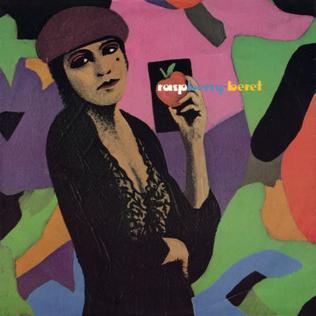 W
WA beret is a soft, round, flat-crowned cap, usually of woven, hand-knitted wool, crocheted cotton, wool felt, or acrylic fibre.
 W
WThe black beret is a type of headgear. It is commonly worn by paramilitaries and militaries around the world, particularly armored forces such as the British Army's Royal Tank Regiment (RTR), the Royal Canadian Armoured Corps (RCAC), and the Royal Australian Armoured Corps (RAAC). Notable non-armored military units to wear the black beret include the non-military police and non-special forces elements of the Irish Defence Forces, Russian Naval Infantry and Russian OMON units, the United States Air Force (USAF) Tactical Air Control Party (TACP), Philippine National Police-Special Action Force (PNP-SAF) members, and the Royal Canadian Navy. It was also worn by the United Kingdom's Royal Observer Corps (ROC) with their Royal Air Force (RAF) uniform, Metropolitan Manila Development Authority (MMDA).
 W
WA blue beret is a blue-colored beret used by various military and other organizations, notably the United Nations peacekeepers who are sometimes referred to as the Blue Berets.
 W
WBerets have been a component of the uniforms of many armed forces throughout the world since the mid-20th century. Military berets are usually pushed to the right to free the shoulder that bears the rifle on most soldiers, but the armies of some countries, mostly within Europe, South America and Asia have influenced the push to the left.
 W
WThe green beret was the official headdress of the British Commandos of the Second World War. It is still worn by members of the Royal Marines after passing the Commando Course and personnel from other units of the Royal Navy, Army and RAF who serve within 3 Commando Brigade and who have passed the All Arms Commando Course.
 W
WKangol is an English clothing company famous for its headwear. The name Kangol reflects the original production where the K was for knitting, the ANG was for angora, and the OL was for wool. Although no Kangol hat has ever actually been manufactured in Australia, the Kangaroo logo was adopted by Kangol in 1983 because Americans commonly asked where they could get "the Kangaroo hat".
 W
WThe maroon beret in a military configuration has been an international symbol of airborne forces since the Second World War. It was first officially introduced by the British Army in 1942, at the direction of Major-General Frederick "Boy" Browning, commander of the British 1st Airborne Division. It was first worn by the Parachute Regiment in action in North Africa during November 1942. Although coloured maroon, the beret of the British Parachute Regiment is often called the "red beret."
 W
WBerets have been a component of the uniforms of many armed forces throughout the world since the mid-20th century. Military berets are usually pushed to the right to free the shoulder that bears the rifle on most soldiers, but the armies of some countries, mostly within Europe, South America and Asia have influenced the push to the left.
 W
W"Mohair berets" is a tongue-in-cheek expression that stands for people who support the views expressed by the Polish conservative-nationalistic Catholic movement, whose main representative is Father Tadeusz Rydzyk. This expression originated from the characteristic headgear worn by the stereotypical representatives of this circle.
 W
W"Raspberry Beret" is a song written by Prince and the lead single from Prince & the Revolution's 1985 album Around the World in a Day.
 W
WThe tan beret also known as a beige beret has been adopted as official headgear by several special operations forces as a symbol of their unique capabilities.